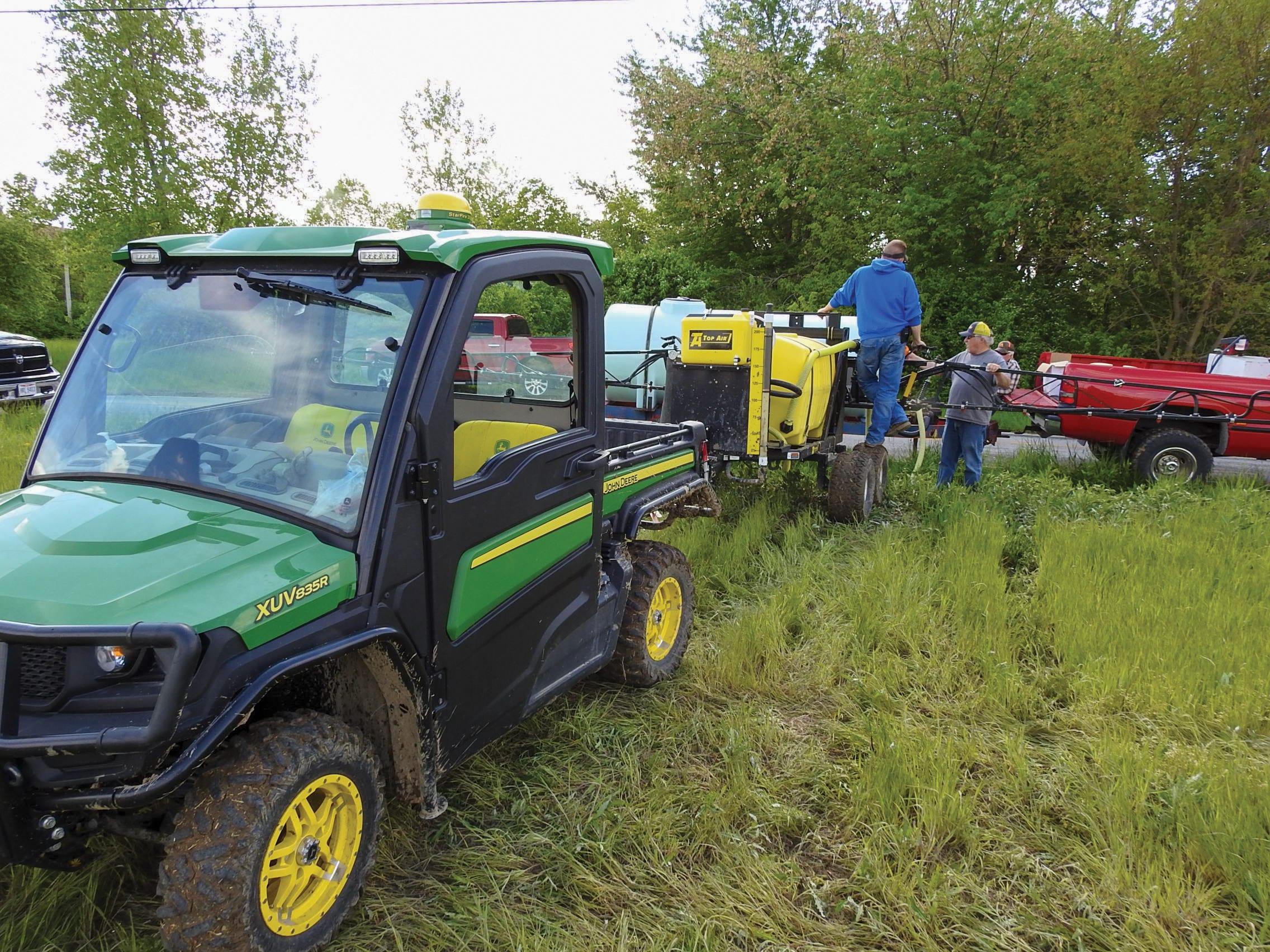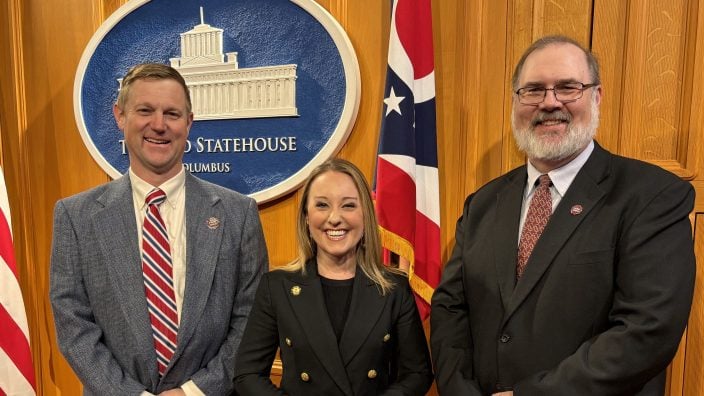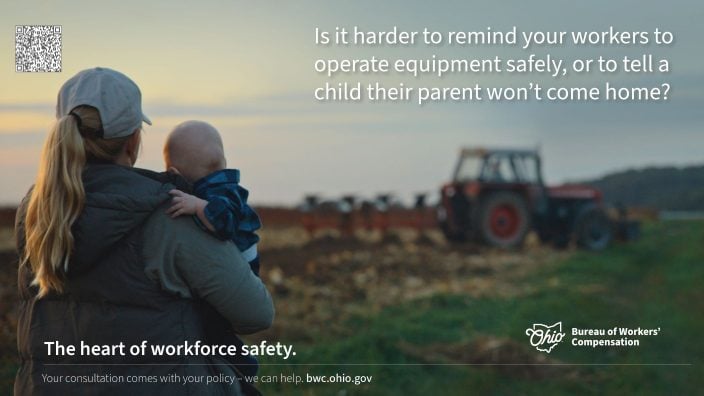2025 priorities discussed at Farm Bureau’s Ag Day at the Capital
A large contingency of Ohio Farm Bureau members made their way to the Statehouse Feb. 19 to meet one-on-one with their state senators and representatives.
Read MoreExtremely wet weather and cooler than normal temperatures throughout early spring left U.S. farmers lagging when it comes to planting progress, meaning less corn and soybeans were planted in Ohio this year.
Normally, farmers in the Buckeye State are at least halfway finished with planting their corn by the middle of May. Only 33% of corn had been planted in Ohio by June 2, the lowest figure for that stage of the spring on record. To put that figure in perspective, the five-year average for the beginning of June is 90%. As each day and each rain shower passed, farmers became a little more impatient and a lot more anxious.
Clark County farmer Brent Pence started planting a few acres in April, then had to sit out most of the month of May.

“The only thing that is keeping me sane at this point is that on the days that we were able to plant, we got many of the kinks worked out of some new equipment so when the fields are ready again we will be, too,” Pence said in May. “As far as changing up our crop lineup or chemistries or marketing strategies, we are staying the course for now.”
As the delayed planting progress continued into late May and early June, farmers faced some tough decisions, including changing their crop lineups, switching acres meant for corn over to soybeans (which have a shorter growing season) or not putting any crop into the ground at all.
Glen Newcomer from Williams County had made very little progress by early June. Crop insurance decisions had to be made then and it was too wet for too long. At that point, Newcomer had only planted about 30 acres of his 1,600 acres intended for corn.
For all of Ohio, June 5 was the final corn planting date for crop insurance. After that date, if a field had not been sown, farmers had the option of filing a prevent plant claim with their insurance carrier and not planting corn this year.
Driving past a dormant field that once had acres of Fourth of July knee-high corn coming up is evidence that many farmers did not plant at all — thanks to a very wet spring.


A large contingency of Ohio Farm Bureau members made their way to the Statehouse Feb. 19 to meet one-on-one with their state senators and representatives.
Read More

Growing our Generation enewsletter features insights and ideas directly from Ohio’s young farmers and food and agricultural professionals. Sign up…
Read More

Jed Adams of The Ohio State University’s Collegiate Farm Bureau is the winner of Ohio Farm Bureau’s 2025 Collegiate Discussion Meet competition.
Read More

Kameron Rinehart of Fayette County is the winner of Ohio Farm Bureau’s Young Agricultural Professionals 2025 Discussion Meet competition.
Read More

In this recording, learn about the recent increases in Ohio CAUV values, gather information to help you understand the property tax system, and get an update on legislative action.
Read More

Innovative legislation to expand affordable health care access to rural Ohioans has been introduced in the Ohio Legislature and has…
Read More

Ohio Farm Bureau is pursuing an option that would provide a competitive and innovative alternative for members who do not easily fit into traditional health plan coverage.
Read More

Ohio BWC safety consultants can help you identify potential hazards and develop a plan to eliminate them.
Read More

Grain Bin Safety Week is Feb. 16-22, 2025 – Nominate your local fire department through April 30.
Read More

All 13 policies that came from Ohio were passed on the AFBF delegate floor.
Read More